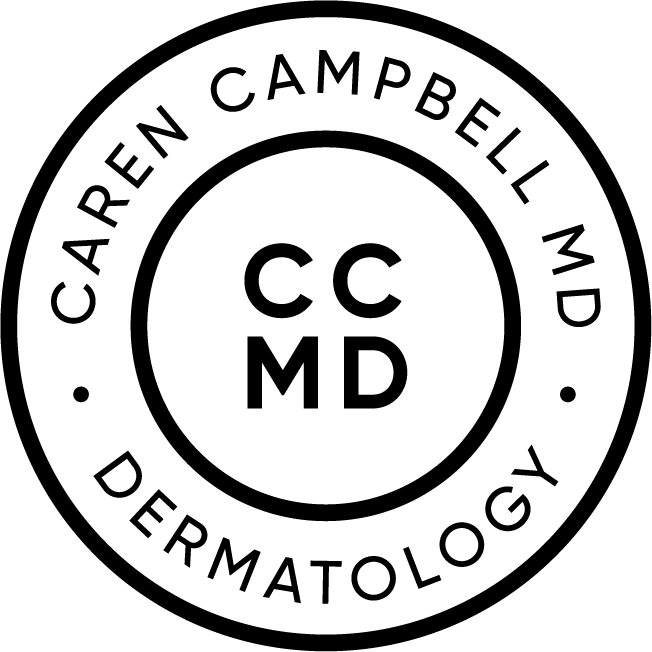Laser Treatments for Redness and Rosacea of the Skin in San Francisco
Rosacea and persistent redness can be frustrating, affecting both your appearance and confidence. If you’re struggling with facial redness, broken blood vessels, or the common symptoms of rosacea, you may have tried topical treatments or oral medications with limited success. At our dermatology practice in San Francisco, we offer an effective solution: Vbeam laser therapy. Vbeam is one of the most advanced and proven treatments available for reducing redness, calming rosacea flare-ups, and improving the overall tone of your skin.
What Is Vbeam Laser Therapy?
Vbeam is a type of pulsed-dye laser (PDL) that specifically targets vascular issues, like visible blood vessels and skin redness. The laser uses light energy to target blood vessels just below the surface of the skin. This heat damages the vessel walls, causing them to collapse and be naturally reabsorbed by the body over time. Because the Vbeam laser is so precise, it can selectively target the red areas without damaging surrounding tissue, making it ideal for treating sensitive skin conditions like rosacea.
How Does Vbeam Treat Rosacea?
Rosacea is a chronic skin condition that causes facial redness, visible blood vessels, and sometimes acne-like breakouts. While the exact cause of rosacea is still unknown, it is believed to involve abnormal blood vessels in the skin. Here’s how Vbeam helps manage and reduce rosacea symptoms:
Reduces Redness: By targeting dilated blood vessels, Vbeam diminishes facial redness, which is one of the primary symptoms of rosacea.
Treats Broken Capillaries: Vbeam can treat the visible, broken capillaries commonly associated with rosacea and sun damage.
Calms Flare-Ups: Regular Vbeam treatments can reduce the frequency and severity of rosacea flare-ups over time.
Non-Invasive & Safe: Vbeam is a non-invasive treatment, which means there’s no need for needles or surgery. It’s safe for most skin types and has minimal downtime.
What Skin Conditions Can Vbeam Treat Beyond Rosacea?
While Vbeam is widely known for treating rosacea, it is also highly effective for a range of other skin concerns that cause redness or vascular issues. These include:
Facial Redness & Flushing: Whether caused by rosacea or other factors, Vbeam can reduce generalized facial redness.
Broken Blood Vessels: Vbeam targets visible capillaries and broken blood vessels, which are common around the nose and cheeks.
Spider Veins: Vbeam can treat smaller spider veins that appear on the face or legs.
Port-Wine Stains: These birthmarks, caused by a collection of blood vessels under the skin, can be effectively treated with Vbeam.
Acne Redness & Scarring: Vbeam can also reduce redness left behind by acne or acne scars.
What to Expect During a Vbeam Treatment
Vbeam treatments are quick and generally well-tolerated, even for those with sensitive skin. Here’s what you can expect during and after the procedure:
Consultation: During your consultation at our San Francisco dermatology office, our board-certified dermatologist, Dr. Caren Campbell, will evaluate your skin, discuss your rosacea symptoms, and determine if Vbeam is the best treatment option for you.
The Procedure: The procedure typically takes 15-30 minutes, depending on the area being treated. A cooling device is used to protect the skin and enhance comfort during the laser treatment.
Minimal Discomfort: Vbeam is designed with patient comfort in mind, and many people describe the sensation as feeling like a gentle snapping of a rubber band. The built-in cooling feature helps minimize any discomfort.
Little to No Downtime: One of the major benefits of Vbeam therapy is that there is minimal downtime. You may experience some mild redness or swelling immediately after the treatment, but this usually subsides within a few hours to a day.
Results: Results from Vbeam therapy are typically noticeable after the first session, but for best results, multiple treatments may be recommended, especially for rosacea and redness. Over time, you’ll see a significant reduction in redness, clearer skin, and fewer visible blood vessels.
Why Choose Our San Francisco Dermatology Practice for Vbeam Treatment?
At our dermatology office in San Francisco, we specialize in advanced treatments for rosacea, redness, and other skin conditions. Here’s why our practice is the ideal choice for your Vbeam treatment:
Expert Care: Our board-certified dermatologist Dr. Caren Campbell has extensive experience treating rosacea and redness with Vbeam laser therapy.
Customized Treatment Plans: We understand that every patient’s skin is unique. That’s why we create personalized treatment plans tailored to your specific skin concerns and goals.
State-of-the-Art Technology: We use the latest Vbeam laser technology to provide safe, effective, and comfortable treatments.
Comprehensive Care: We offer a full range of dermatology services, from medical treatments to cosmetic procedures, ensuring all your skincare needs are met under one roof.
How Many Vbeam Treatments Will I Need?
The number of Vbeam treatments needed can vary depending on the severity of your rosacea or redness and your individual skin type. Most patients see significant improvement after 2-4 treatments spaced about 4-6 weeks apart. However, maintenance treatments may be recommended to keep redness and rosacea under control long-term.
Ready to Reduce Redness and Reclaim Your Confidence?
If you’re tired of dealing with facial redness, visible blood vessels, or rosacea, Vbeam laser therapy may be the perfect solution for you. At our San Francisco dermatology practice, we offer Vbeam treatments that can help you achieve clearer, healthier-looking skin.
Contact us today to schedule a consultation and learn more about how Vbeam can help you reduce redness, improve rosacea symptoms, and restore your skin’s natural beauty.
References
Tan SR, Tope WD. Pulsed dye laser treatment of rosacea improves erythema, symptomatology, and quality of life. J Am Acad Dermatol. 2004 Oct;51(4):592-9. doi: 10.1016/j.jaad.2004.04.010. PMID: 15389196.
Ruan J, Zheng Y, Cai S. Efficacy and safety comparison between pulsed dye laser and intense pulsed light configured with different wavelength bands in treating erythematotelangiectatic rosacea. Lasers Med Sci. 2024 Jun 1;39(1):146. doi: 10.1007/s10103-024-04098-9. PMID: 38822948.
